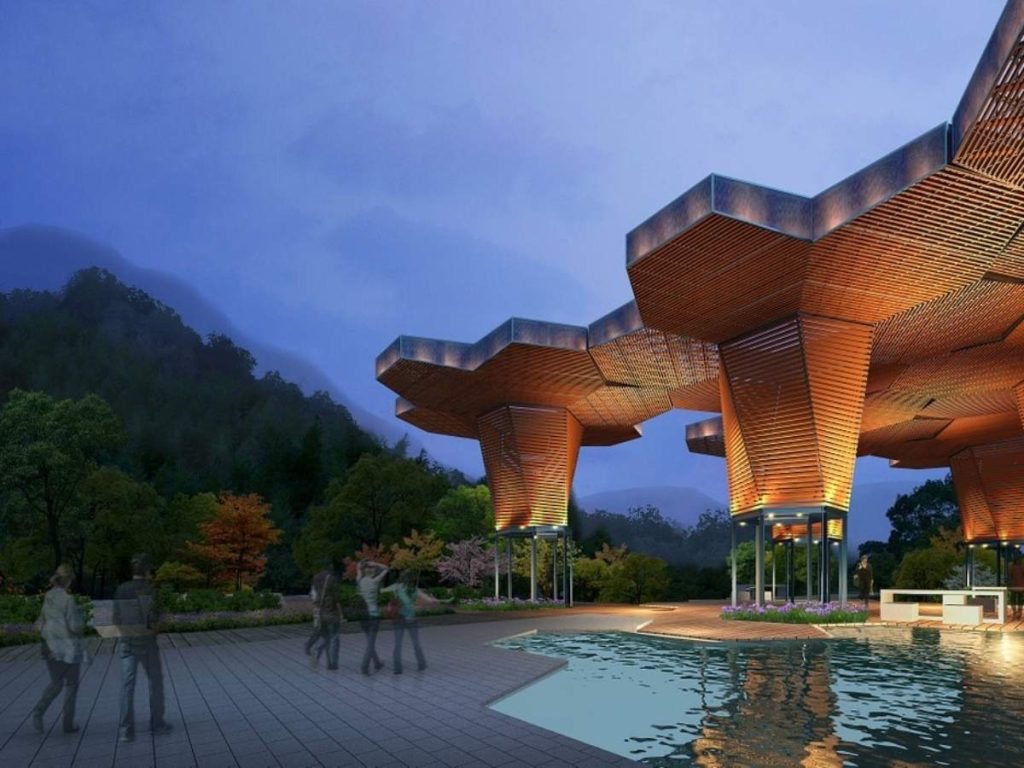Creative architectural solutions play a pivotal role in transforming a project from merely functional to exceptional. In an ever-evolving world, architecture must constantly adapt to meet the needs of both the environment and its inhabitants, pushing the boundaries of conventional design. One of the key approaches in fostering creativity in architecture is integrating sustainable design. This involves utilizing renewable materials, energy-efficient systems, and eco-friendly construction techniques to minimize environmental impact while enhancing the building’s longevity. Green roofs, solar panels, and rainwater harvesting systems are prime examples of sustainable features that architects incorporate into modern designs. These not only contribute to energy savings but also promote a healthy living environment. Another innovative approach is adaptive reuse, where architects repurpose existing buildings for new uses. Instead of demolishing old structures, adaptive reuse allows for the preservation of historical architecture while infusing modern functionality.

This approach can be seen in projects that transform old factories into trendy office spaces or residential lofts, providing both economic and cultural value to the community. It emphasizes the importance of context and heritage while breathing new life into forgotten spaces. Flexibility and modularity are also key aspects of creative architectural solutions. Buildings designed with flexible spaces can be easily modified to suit changing needs, thus extending their usefulness over time. For example, Architectural Outsourcing open-plan offices or homes with movable walls allow for the reconfiguration of spaces as required, offering versatility without the need for major renovations. Modular construction, where prefabricated units are assembled on-site, is another solution that enhances efficiency and reduces waste. This method not only shortens construction time but also allows for scalability and customization. Additionally, technology plays an essential role in innovative architectural design.
The use of Building Information Modeling and 3D printing enables architects to visualize and test their designs before construction, reducing errors and optimizing resources. These technologies also allow for more complex geometries and personalized designs that would be difficult to achieve with traditional methods. Smart buildings, equipped with sensors and automation systems, further enhance the user experience by adjusting lighting, heating, and ventilation based on occupancy or weather conditions, thus improving energy efficiency and comfort. Architects are increasingly looking at the cultural, social, and environmental context of their projects to ensure that the design resonates with its surroundings. For example, in areas prone to natural disasters, architects may develop designs that incorporate resilient materials and structural systems to withstand such events. In regions with a rich cultural heritage, architecture that reflects local traditions and aesthetics can foster a deeper connection with the community.